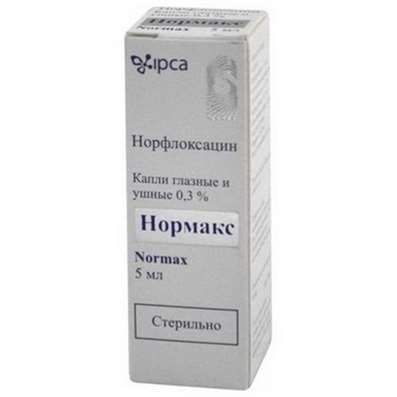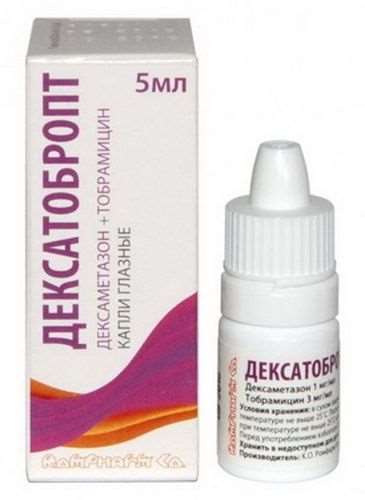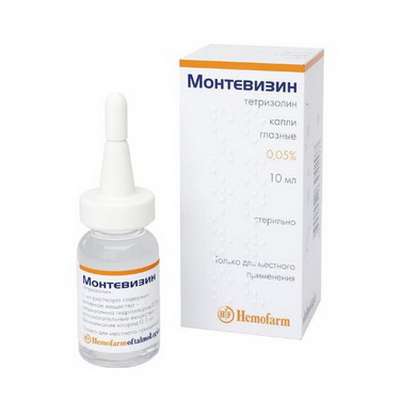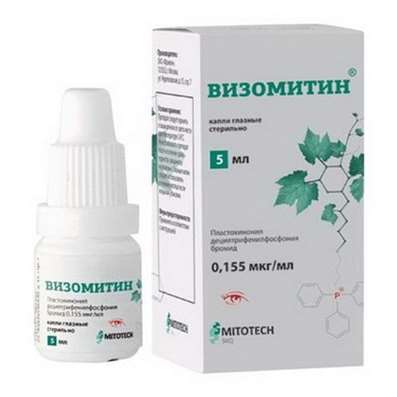FAQ: Amyotrophic lateral sclerosis
03 Nov 2016
6 facts about one of the most common neurodegenerative disease.
Amyotrophic lateral sclerosis (ALS) is among the five most common neurodegenerative pathologies in the first place belongs to Alzheimer's disease. In English reads as ALS Amyotrophic Lateral Sclerosis (ALS), and in Greek A is "no", the denial, myo - muscle, trophic - power, ie, the "no make-up muscle". Lateral means areas of the spinal cord are located in the nerve cells that control muscle activity and which causes the death of nervous tissue scarring, multiple sclerosis (sclerosis).

- 1.Symptoms of ALS (Amyotrophic Lateral Sclerosis)
The disease covers a specific part of the spinal cord neurons, and their extinction leads to disruption of the function of many muscles, responsible for the functioning of the whole organism. The primary symptom of ALS is weakness in the arms and legs, which increases with the simultaneous weakening, atrophy of the muscles of the tongue, soft palate, vocal cords. There are violations of swallowing and speech begins choking while eating, food enters the nose, and there are pathological changes associated with the tendon reflexes of the hands and feet systems. In most patients the disease is diagnosed at age 40 to 70 years. Statistics show that an average of 1-3 patients with proven ALS accounts for 100 000 people. There is a correlation with sex (males are more prone to disease), and even to the origin; for example, there is evidence that the US amyotrophic lateral sclerosis is more common in Caucasians.
- 2.Causes of ALS (Amyotrophic Lateral Sclerosis)
There are a few causes of ALS. These include hereditary disease transmission forms, ethnogeographical factors that influence diet and adverse changes in the environment. The most famous examples of the high incidence of ALS on a geographic basis should include the inhabitants of the peninsula Kii (Japan), ethnic Chamorros in Guam or veterans of the Gulf War. Reported cases of disease as a result of heavy metal poisoning or a viral infection. The causes of the disease are many, and work on their study continues. These studies involved more modern methods of bioinformatics, with which in the next 5-10 years it is planned to get a fairly complete picture of the spread of neurodegenerative diseases, including ALS.
- 3.Contact ALS with genetics and molecular biology
ALS is one of five of the most common neurodegenerative disorders. Most of these diseases related to mutations in different genes which lead to dysfunction and ultimately to the death of certain groups of brain cells. About 80% of ALS cases are sporadic, ie do not have a clear hereditary nature, and are determined by point mutations in the genes encoding different proteins. The remaining 20% are so-called familial cases, that is, mutations are passed from generation to generation (hereditary transmission method). The genes that are most frequently observed mutations few: these include genes of superoxide dismutase (SOD1) and protein TDP-43. Significantly, mutations in genes of the same proteins can be inherited and cause ALS family forms. Also indicated in the pathology of ALS a mutation may be involved in neurofilament protein gene or DNA / RNA binding protein. It is known that mutations in the chain "encoding gene - mRNA - protein" may give rise to protein molecules with irregular structure. Of course, some mutations may not cause significant changes in the protein and thus, does not stimulate the pathological process. To date, accumulated a database, in particular mutations in the genes involved in the pathogenesis of ALS. It should be noted that in large cities operate clinical and genetic counseling, which based on the analysis of your genetic material can give prognostic assessment of the likelihood of disease. Consequences of mutations and, therefore, the appearance of irregular several proteins: First, such proteins lose their function; e.g., SOD1 ceases to control the removal of reactive oxygen species, which can lead to cell death. Second, the "bad" proteins form aggregates that disrupt all the cells of vital processes.
- 4.What happens in neurons exposed ALS
Neurons are highly specialized cells, aimed at transmitting a signal in the form of chemical compounds, peptides of the brain, and in the case of neuromuscular systems - muscles. Due to its highly specialized destination, neurons receive more (protection systems, trophic and other factors) from neighboring glial cells and neuroendocrine / neuroepithelial cell structure. In the neuron system, which should protect it from the effects of reactive oxygen species, the accumulation of "bad" proteins and other stress factors, are not very effective, and, therefore, inflammatory, or pathogenic, stimuli cause dysfunction and then death of large groups of neurons. This situation is typical for neurons producing mutant proteins in the pathogenesis of ALS: SOD1 mutant molecules or TDP-43 going in the cage first in a small complex and then into large aggregates, which for the quality control of cellular proteins are no longer able to cope.
These pathogenic aggregates disrupt cell processes of life as a whole, preventing transport of nutrients and other substances on the cell, inhibit the function of power plants, the mitochondria, turning off the RNA and protein synthesis system, and neurons stop functioning as a transmitter of important information to the muscle. Muscle cells are not receiving impulses from neurons manage lack of contractile activity and just as quickly lose its main function. Many active people at retirement can not switch to another way of life and begin to experience all the disadvantages of the elderly; also behave neurons and muscle cells that have lost their main function. It must be said that the process stop function and the onset of massive cell death stretched on for years, if not decades; muscle activity fades away gradually, but permanently, covering new tissues and organs.
- 5.Drug treatment of ALS
The main obstacle to the development of primary pharmacological treatment of ALS is the fact that the disease is diagnosed at a fairly late stage, when it is difficult to stop, you can only work to reduce the severity of symptoms. Existing drugs confirm this bleak state of the problem. For example, it is very important in relieving the symptoms is to use antidepressants and sleeping pills; these drugs are so many on the market, and the most effective ones can improve the quality of life of the patient for a period of up to several months. Painful muscle contractions (including uncontrolled) can be removed taking muscle relaxants and pain joint syndrome, characteristic of some forms of ALS, it is weakened by the action of non-steroidal anti-inflammatory drugs. In 1995, the US controls the FDA approved the use of body antiglutamatic drug Riluzole, which is able to prolong the functional active lifestyle even in patients in the late stages of ALS. What is very important: according to pharmacological tests the drug can prolong the life span of a few months or delay the development of signs of disease. To reduce in some way ASL you can with nootropics: Vinpotropile, Trental, Cogitum, Cerebrolysine.
- 6.Prospects for ALS Research
The tasks that are put in front of pharmacologists involved in the design of drugs for the treatment of neurodegenerative pathologies, can be classified as small executable, because all are well aware that it would be necessary to treat the causes of disease, rather than its consequence. In other words - and this is a problem of the entire modern pharmacology - we have no reliable markers of disease and genetic triggered not always, since the probability that a mutation in the genes of the above pathologies cause a complete picture is not equal to 100%. The problem of disease markers involved in hundreds of laboratories, and attracts a large number of methods, in particular from the field of proteomics, metabolomics, and other so-called omics, to understand what biomolecules distinguish diseased cells from healthy.
The second problem is to pharmacologists identification target, ie those proteins or peptides that are related to the pathogenic mechanism, which are neutralized, can defeat the disease in an individual cage, and then into the tissue. For such target pharmacological techniques used methods of virtual screening, in which the computer seems to model the interaction of the desired drug to a protein molecule, such as SOD1, which it should bind and thus to inactivate. It is safe to say that such methods in the complex will soon lead us to the discovery of the so-called valid targets for medicine, and then - to the actual drugs.

 Cart
Cart





